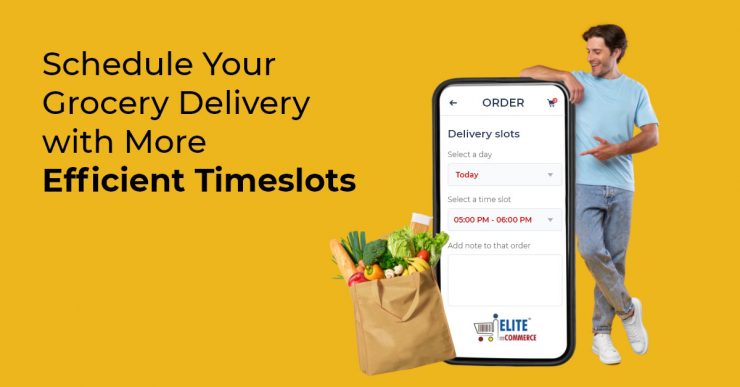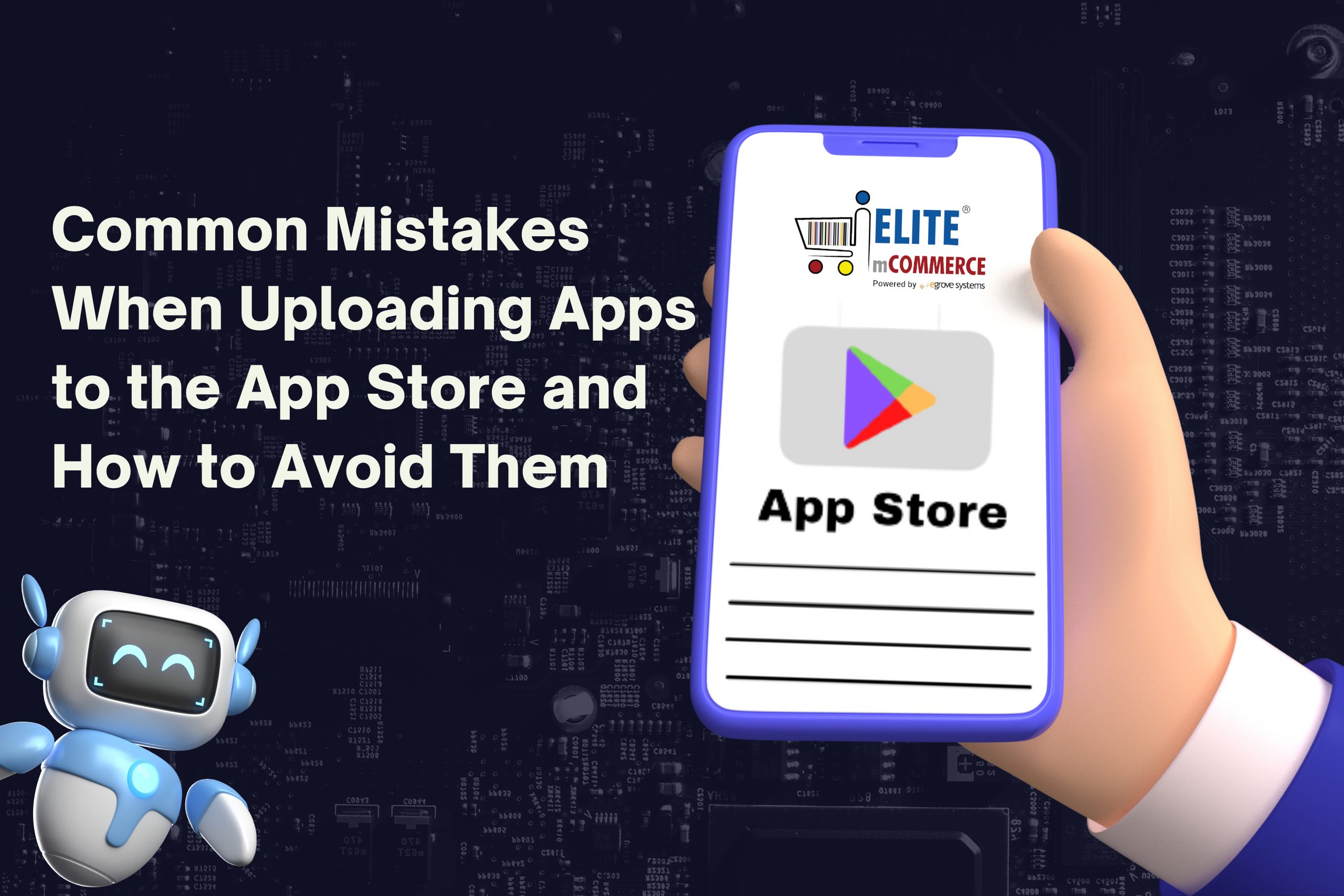Grocery delivery is a booming business online, and apps like Instacart are on the rise. Grocery stores can offer their own grocery delivery service, but it needs to be made available at times convenient to customers while also staying cost-effective for the store to send out deliveries. Delivery apps offer time slots for delivery; this feature is essential to the function of grocery and other mobile commerce apps.
How Delivery Slots Work
Grocery delivery services let customers choose a time slot to receive their order in the future instead of on-demand delivery as soon as possible. Customers know that the order will arrive in a two or three-hour window so they can receive their fresh groceries in-person. Times that have already been taken by too many other customers are unavailable. This enables stores to pick out groceries and schedule delivery trucks to fulfill multiple orders in one trip within the time slot.
Demand for grocery delivery peaked during the first months of the pandemic in March 2020 onward. In high-density areas such as New York City, customers tried to place orders with FreshDirect, Amazon Fresh, Instacart, or other services, but were unable to find open slots due to extreme demand. Time slots became competitive for customers, who would refresh constantly to quickly get the next time available or try again late at night when volume was lower. While the initial demand has dropped, grocery delivery is still growing as a service and availability can be tight.
In order to address the issues related to delivery slots, Amazon created a new tool in October 2020 to help customers find delivery slots. Customers of their grocery services can sign up to get notified if delivery slots become available so they don’t have to check repeatedly. Grocery stores also introduced store pickup including curbside pickup. This creates a larger amount of overall time slots and reduces the demand for delivery.
Importance of Providing Time Slots for your Customers
Surveys have shown that grocery customers aren’t loyal to anyone’s online service despite their previous shopping habits. A study by Mercatus Technologies with Incisive found that of the 43% of shoppers who used online grocery ordering in the previous six months in 2020, only 26% used their preferred brick-and-mortar grocery brand’s online service. Amar Mokha, chief operating officer and benchmarking lead for Incisive told Winsight that “grocers need to improve pickup and delivery slot availability” among other needs like promotion and product substitution.
If customers can’t schedule a time slot where they can receive groceries, they may switch to another service regardless of other loyalty incentives. Availability and convenience are the most important considerations when creating timeslots that are offered for delivery and pickup.
Read also: 6 Marketing Strategies Grocery Stores can Follow to Promote their Delivery App During COVID-19
Using Delivery Time Slots Effectively
Timeslots can be created for each local store or based on the city or region. Stores can set their own timeslots based on the hours and days of the week that they are able to offer delivery.
Instacart’s Beyond the Cart survey of 2020 and 2021 showed changing trends due to the pandemic. In 2019, the highest number of orders were scheduled to be delivered on the weekend, especially Sunday, and tended toward later in the afternoon. In 2020, more orders were made on weekdays and nearest to the middle of the day. While this is partially due to customers working from home and being available during the day, time slots have become more balanced as a result.
Since scheduling timeslots enables stores to keep their customers happy, it’s essential to keep up with demand as online grocery ordering is on the rise. Apps need to be able to offer flexible timeslots so customers can be available to receive their orders. As more customers adopt grocery delivery, they will expect it from their local store and availability will become more difficult. Businesses need to be prepared to scale up their delivery business if it takes off and expand delivery slots accordingly to ensure that customers aren’t turned away, or else they may choose to shop elsewhere.









Add comment